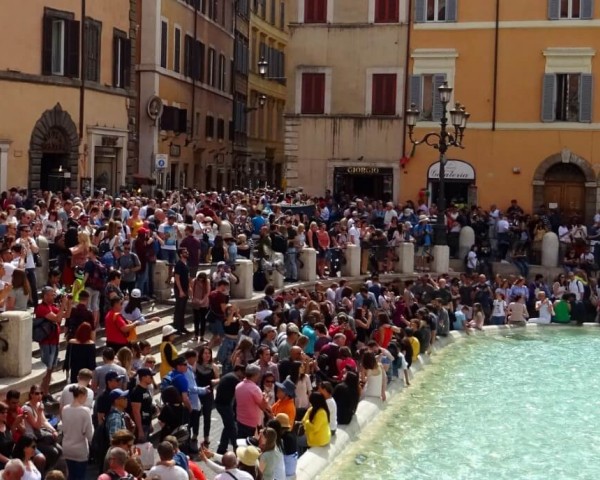For some fifty years, mass tourism was the dominant tourism development model. Since the early 70s, everything has been carefully planned to allow as many people as possible to discover the planet. As a result, a structured tourism industry was quickly established and has developed steadily over time.
Lately, there has been a growing understanding of our planet’s worsening conditions and the reality of climate change. In addition, sustainable travel is now necessary for the industry to survive, as highlighted by the Covid-19 pandemic. While good intentions to address these issues are commendable, the economic impact is significant, and only some are willing to make the necessary changes.
This is especially true as many former developing countries now enjoy the pleasures of consumption, especially travel.
2015, for example, the number of international tourists was estimated at 1.2 billion. By 2030, it is expected to reach 2 billion. It just proves that mass tourism still has a bright future.
We’re already feverishly preparing for a more virtuous future: electric or hydrogen-powered transportation and biofuels. But that’s not all.
The tourism of the future will be ecologically responsible
Professionals are working hard to reinvent their businesses. And the dream is coming true: transfers can be made by vertical take-off and landing aircraft (VTOL), and passenger formalities will be simplified and made extremely secure (facial recognition, heart rate signature (unique and specific to each person), all biometric data that can be linked to the reservation and stored in a global database). And to top it all off, the umpteenth return of Big Brother.
But that’s not all. Regarding accommodation, facilities will be semi-buried to better integrate and harmonize with their surroundings. A virtual concierge in the form of a hologram will welcome you, and “smart” rooms will offer a choice of bedding and decorations to order. Almost all of this exists.
But the worst is yet to come: food can be created on demand and delivered by 3D printing. So don’t smile; a Food Ink restaurant exists in London.
Ingredients are injected into machines and built layer by layer with specialized printers. “I hope I die before…” as the poet Roger Daltrey once said. At least before the process becomes mainstream.
Some go even further, claiming that there will be no need for suitcases since clothing can also be digitally printed.
Of course, some destinations will extend beyond our planet “to infinity and beyond.” For example, space tourism already exists in embryonic form. But it will remain the preserve of the wealthy.
Space will be needed because, according to some estimates, by 2050, every second person on Earth will be traveling abroad. Mass tourism will survive.
For dreamers and immobile travelers, there’s virtual reality—a way to travel through time, too, thanks to metaverse technology. Discover Egypt in the time of the Pharaohs, and stroll through Pompeii’s streets before Mount Vesuvius’s eruption.




